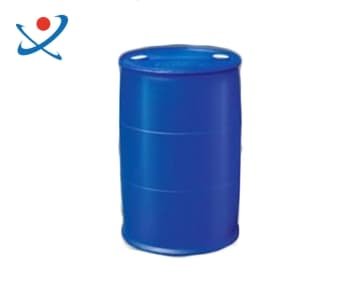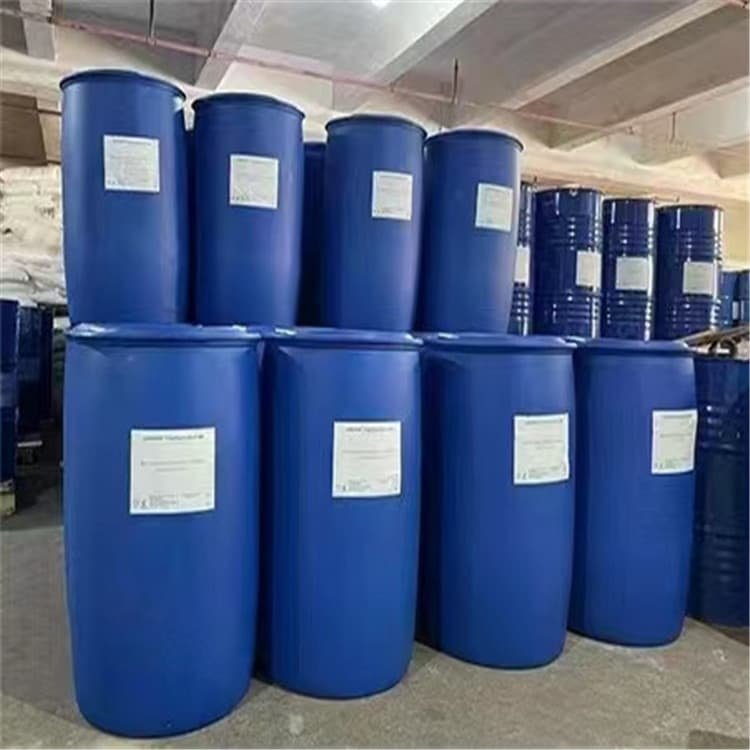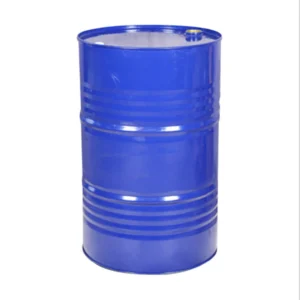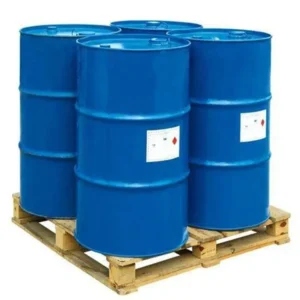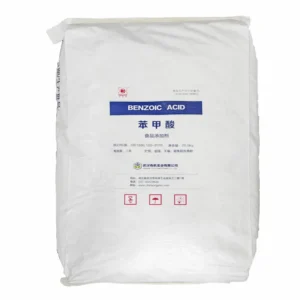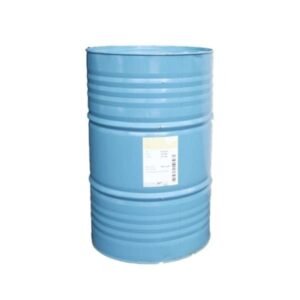Acetyl chloride, with the CAS number 75-36-5, is a colorless, fuming liquid that is widely used in organic synthesis. It is classified as an acyl chloride and has the molecular formula $$C_2H_3ClO$$, with a molar mass of approximately 78.5 g/mol.
Physical Properties:
Density: Approximately 1.1 g/cm³.
Boiling Point: Around 51-52°C.
Flash Point: Approximately 4°C, indicating it is highly flammable.
Appearance: It is typically described as a colorless liquid with a pungent odor.
Chemical Behavior:
Acetyl chloride is known for its reactivity, particularly in hydrolysis, where it reacts vigorously with water to produce acetic acid and hydrochloric acid. This reaction is exothermic and can release corrosive fumes. It is also used as a reagent for acetylation, which involves introducing an acetyl group into various organic compounds, making it valuable in the synthesis of pharmaceuticals, agrochemicals, and fine chemicals.
Safety Considerations:
Due to its corrosive nature, acetyl chloride can cause severe burns upon contact with skin or eyes and is harmful if inhaled or ingested. Proper safety measures, including the use of personal protective equipment (PPE), are essential when handling this chemical.
In summary, acetyl chloride is a significant chemical in organic synthesis, characterized by its reactivity and utility in various chemical processes. Its handling requires caution due to its hazardous properties.
Acetyl chloride CAS 75-36-5
CAS No.75-36-5
Other Name:
Acetic acid chloride;
Acetic ch
MF:C2H3ClO

